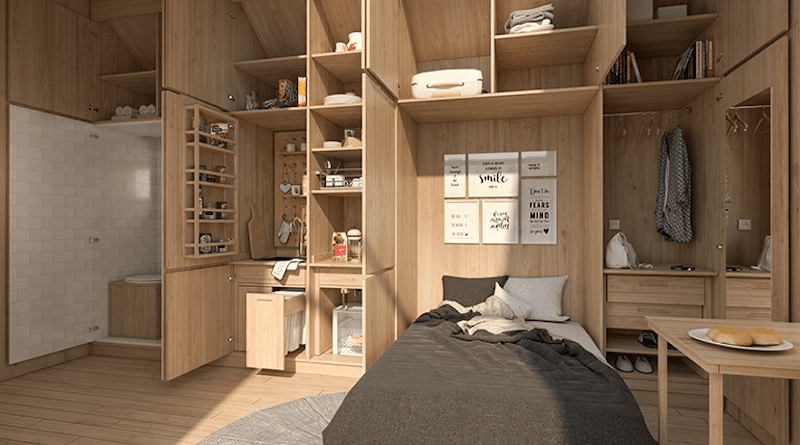Bespoke Eco-Houses For Different Climates
Is it possible to build homes that are not only self-sufficient, but also produce no emissions and can be adapted to different climates and built from plant-based materials? A Malmö University researcher believes so and is looking for a sponsor.
Marwa Dabaieh is an associate professor and architect who focusses on sustainable and environmentally conscious buildings. She is hoping to be able to build her experimental house which, in theory, could be made from straw, reeds, clay or wood.
“The house must be able to survive for 50 years without having to make adjustments for future climate changes,” she says.
The need for affordable homes requires more compact housing; with the increasingly clear effects of climate change, a new way of thinking is also needed to live in a more sustainable way. The ambition is that Dabaieh’s model house should not leave a negative environmental footprint. Roofs, walls, floors, and furniture are to be built from plant-based and natural materials. The house is equipped with a eco-cycle and passive systems for heating, cooling and ventilation that makes the building self-sufficient without having a harmful effect on the environment or on those who live in the house. The energy needed for water heating and cooking are provided by solar and wind energy together with household bio-waste.
“The use of air conditioning is already expensive and a major environmental problem and, on top of that, as the climate changes it will only increase,” says Dabaieh. The house can also be made mobile and can be a good option for people with limited finances.
“The building material is adapted to the location. Near water you can perhaps use seaweed, in the desert sand and mud, straw in the countryside, and in the forest leaves and branches,” says Dabaieh.
She likens construction to Lego; you put together a number of building elements and components according to your needs and wishes. The houses are not the same all over the world and can be adapted to climate, local availability of materials, geography and different social and cultural wishes.
Dabaieh has received a temporary allocation of a piece of land in the south of Sweden to test the 20-metres square model in a cold climate. The only thing missing is a sponsor who wants to finance the house.
“When I apply for funds, I get the question ‘But who will live there?’. Conventional houses are built of steel and concrete so if I say I use straw or reeds people just think I’m crazy. Construction companies are also not interested in houses that people can put together themselves,” says Dabaieh.

